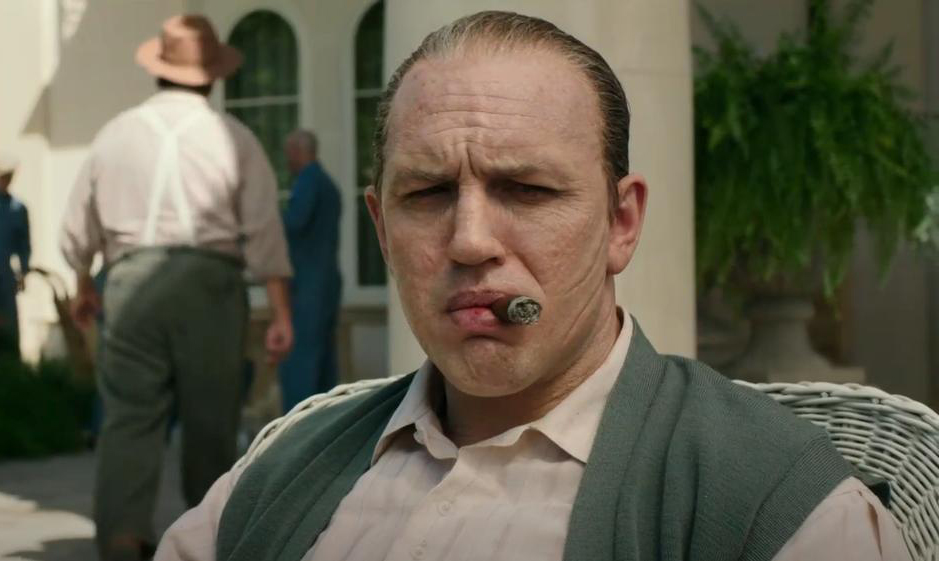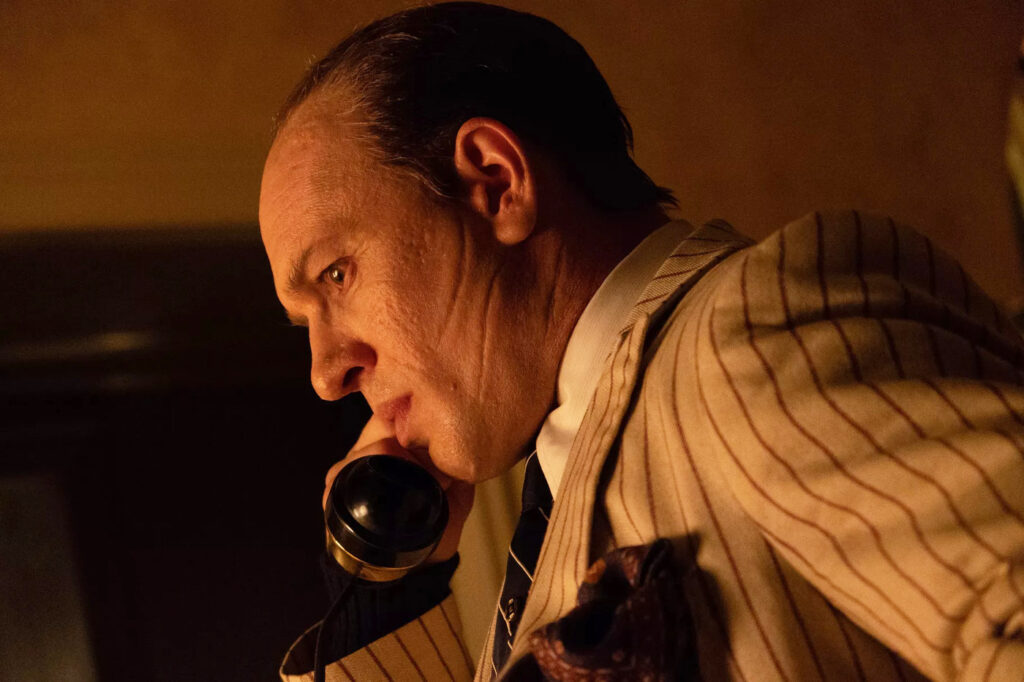There’s a beauty to smaller-budget films commonly attributed to the love and care that filmmakers with auteur potential give to their first projects. Unfortunately in “Capone’s” case, what could’ve been a great character study with a decent-enough budget of 20 million dollars feels more like an attempt at a comeback story made with little-to-no care.
American director Josh Trank, who in 2012 beat James Cameron and Steven Spielberg to be the youngest director to earn a multi-million box office debut feature with “Chronicle,” famously fell from grace after getting into multiple “creative differences” with studios like Lucas Films and Marvel. After a five-year hiatus preceding his infamous sophomore film “Fantastic Four,” Trank now gives us his take on the end of one of the most famous criminals of the United States.
The movie follows the last year on the life of notorious gangster Al “Fonse” Capone as he now lives in his mansion in Florida and deals with the decay of his physical and psychological health, revisiting his demons and skeletons in the closet, and dragging with him his family and past camarades who now try to gauge a normal life under the suspicions and surveillance of the FBI.
Although it’s almost too easy to make a pseudo-psychiatric comparison between Trank’s and Capone’s careers, it’s better to try and focus on the vision and choices that the director made on his film.
The most noticeable and perhaps saveable aspect of “Capone” is Tom Hardy’s performance of the latter Italian-American criminal after being imprisoned for 10 years. Hardy doesn’t hesitate to passionately embody the disgusting physical toll of syphilis and a life filled with cigars, crimes, and excesses of all kinds; coughing, growling, drooling, and babbling with lost gazes and confusion between reality and fiction, it’s not too difficult to think the potential that the role could’ve offered at first. But, similarly with what happened with his character in “Venom,” it looks like the deepness of the performer was too big for the script, bleeding into the great interpretation of yet another hollow “housewife” character by Linda Cardellini (“Green Book”).

The Capone marriage, Fonse (Hardy) and Tea (Cardellini), share many scenes (one could argue one too many scenes?), and while during the first half of the movie it appears they might have a goal to achieve—to find 10 million dollars that Fonse presumably hid somewhere—all their actions and decisions seem haphazard and clustered. We see flashbacks and backstories, random characters that have strange motivations (Karl MacLachlan plays Capone’s doctor, who feels more like Dale Cooper going undercover), and gruesome scenes that walk a thin line with gore for-the-sake-of-it, ultimately turning the characters’ dynamics, the unintelligible dialogues, and the overall film plot into a repetitive, uninteresting and unsympathetic turmoil.
Other aspects of the film didn’t really stand out. The cinematography isn’t bad but also isn’t particularly good; the sound design, mixing, and score didn’t really do much other than just push some of the morbid sequences, and the film editing, made by Trank himself, in several occasions could be seen as trying to fix performances and even story and character holes in post. Ah, and the one VFX-heavy scene in the film isn’t something for posterity either.
When doing these kind of stories there needs to be a certain respect to the character, especially if it’s a biographical film. This doesn’t mean that it should’ve been a redemptive story of a heinous criminal, but at least there should’ve been some kind of sympathy or justification for all that gore and explicit sickness that the audience saw for 103 minutes.
There’s a proverb about what it takes to be a good painter that says, “You need the eye, the hand, and the heart. Two won’t do.” Trank probably had the eye, but he could’ve used more of his heart and a better hand to paint the “Capone” picture.


